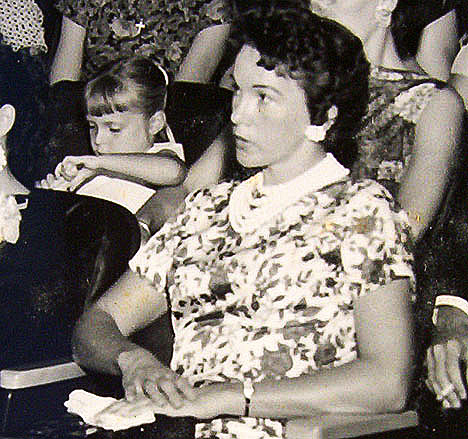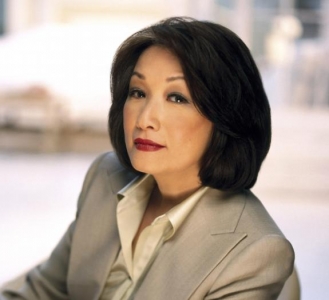The History of Breast Implants
1950’s
The medical use of silicone arose after World War II and quickly became the gold standard for biomedical devices because of the body’s lack of reactivity to its presence. In the 1950s, silicone gel was injected directly into the breast tissue with large needles.
The results were disastrous! Scar tissue capsules formed throughout the breast in an attempt to isolate the silicone. The breasts frequently became hard and there was no way to remove the silicone without removing the breast tissue with it.
1962

Timmy Jean Lindsey was the first woman ever to get silicone breast implants in 1962.
The first silicone implants were developed in Texas and used with vastly improved results. Breasts were soft and natural. If complications arose, the implants could easily be removed leaving the breast tissue relatively untouched. The scar tissue could also be removed fairly easily with little breast tissue attached.
Timmie Jean Lindsey was a 30-year-old mother of 6 who entered the hospital to have tattoos grafted off her breasts. Two Texas surgeons approached Lindsey to ask her to be their first patient. Lindsey agreed to undergo the procedure if the surgeons would also pin back her ears.
1992

Connie Chung, News Anchor
Connie Chung ran a segment on national television about the supposed relationship between silicone breast implants and auto-immune disorders.
This “relationship” was a consumer opinion rather than one based on proper scientific studies. The FDA responded to these complaints by severely restricting use of silicone breast implants until appropriate studies could be conducted.
2006
The FDA lifted most of the restrictions on silicone implants. To satisfy the very vocal dissenters, they came up with a 60-page informed consent document that must be read and signed by every breast augmentation patient. I am not aware of any other drug or medical device that requires anything close to this. Many of my colleagues and I feel that there is not enough evidence to justify some of the FDA’s recommendations.
Read more of Dr. Smoot’s articles about breast augmentation:
- Introduction: Talking About Breast Augmentation with Dr. Lori Saltz
- The History of Breast Implants
- The Evolution of Silicone Breast Implants
- Types of Saline Breast Implants
- Anatomical Factors To Consider With Your Surgeon
- All About Incisions: Choosing Your Incision Placement
- Implant Placement: Over or Under the Muscle?
- What Can Go Wrong With Breast Augmentation?
- What Is Capsular Contracture?
- Scheduling a Breast Augmentation Consultation at LJC

